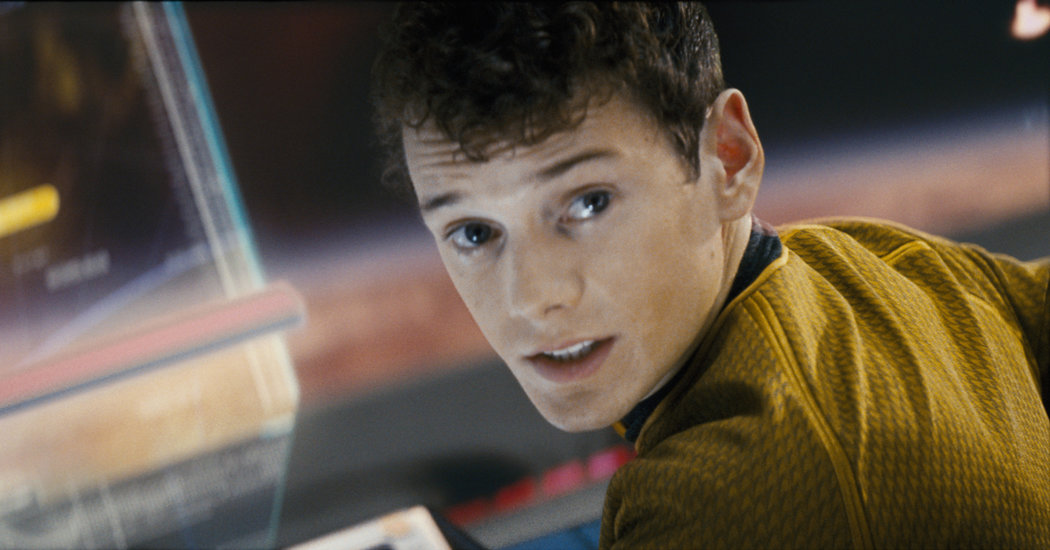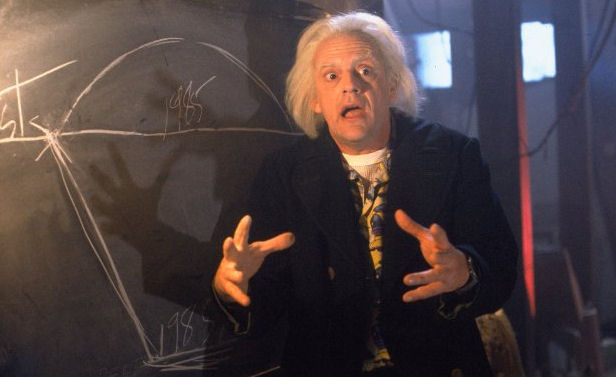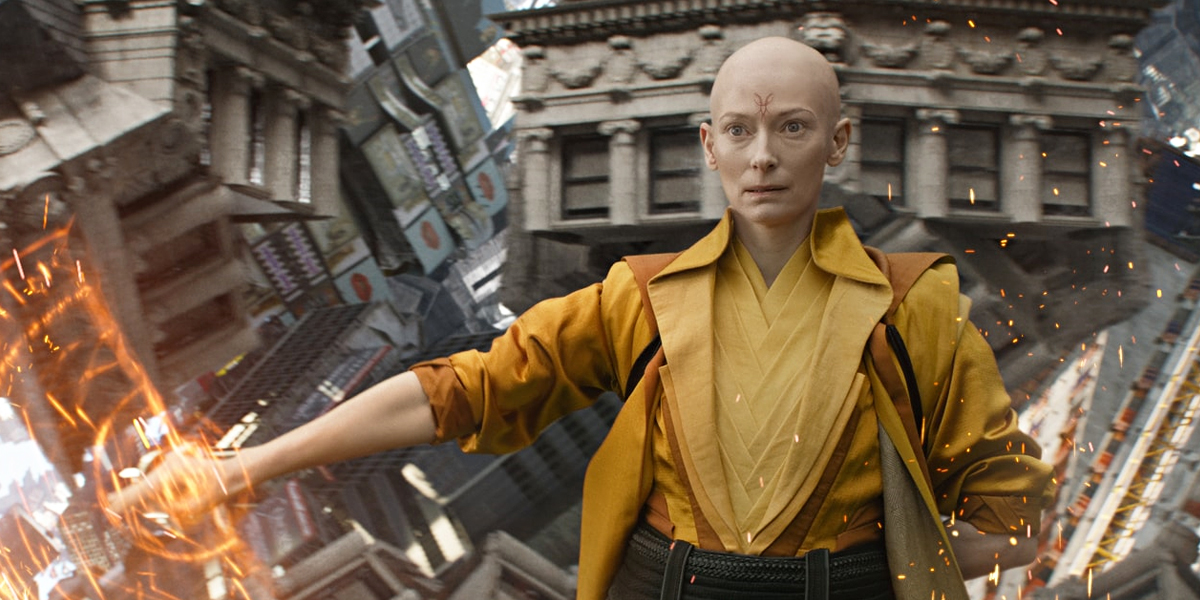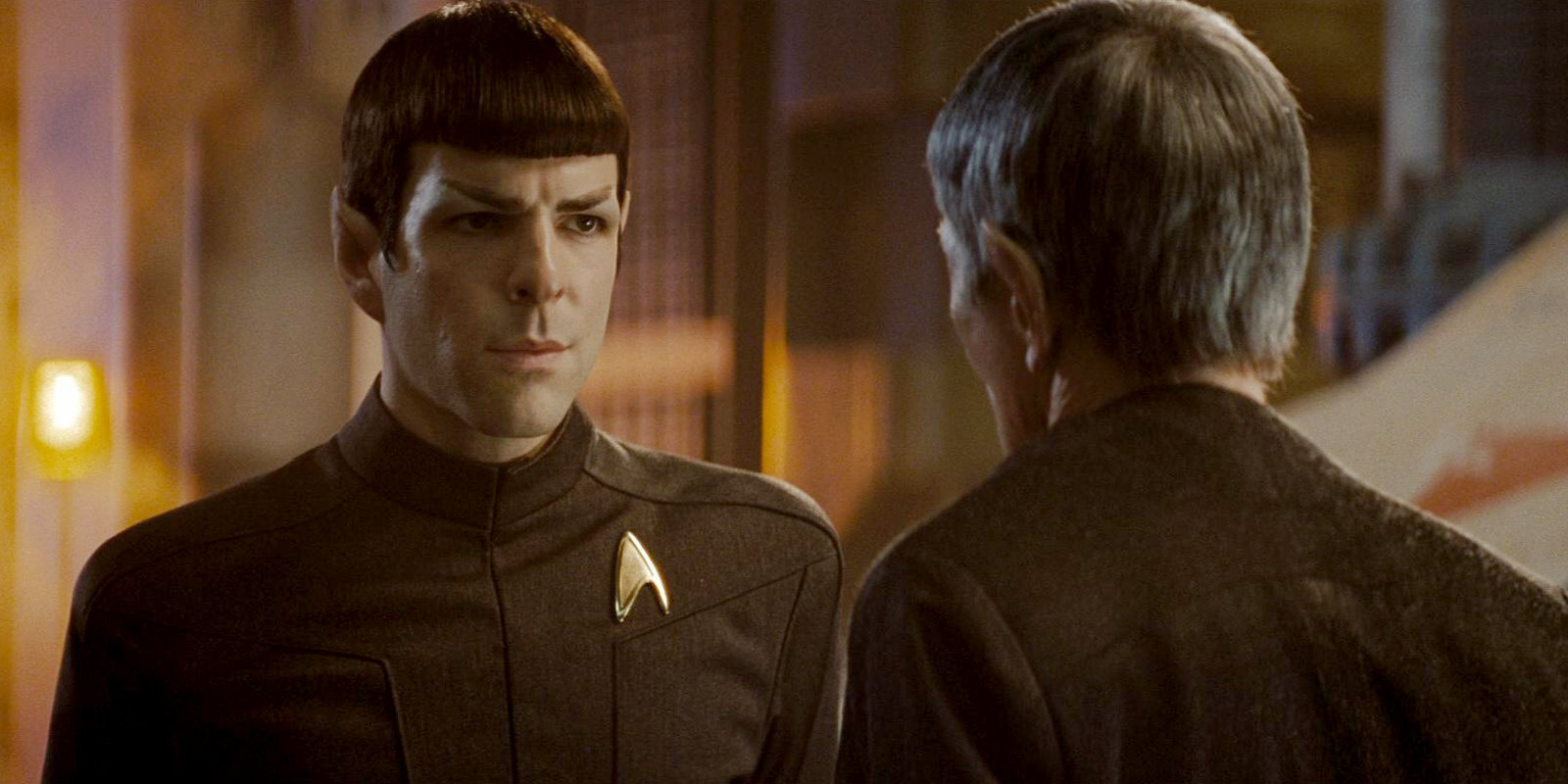(Spoilers for Avengers: Endgame)
Ten years ago (hard to believe isn’t it?) J.J. Abrams revamped the entire Star Trek franchise with his sequel/reboot that featured a brand new cast, along with one very familiar face. While some diehard Trekkies have pointed out that his film felt more Star Wars than Trek (which isn’t helped by the fact that he abandoned the franchise to go direct The Force Awakens), there are certainly things his film did perfectly. Attempting to recast such iconic roles as Kirk, Spock, Scotty, Uhura, Sulu, Bones, and Chekov was no easy feat. And much to audiences’ amazement, there wasn’t a single weak link among the younger cast! But another achievement, that’s rarely acknowledged, is that 2009’s Star Trek is perhaps the only film to really get time travel right!

Two Types of Time Travel
Let’s get this out of the way, obviously time travel hasn’t been invented yet (or has it…?) so here, the phrase “getting time travel right” merely means that it wouldn’t create a logical paradox in reality. But first, we need to discuss the two schools of thought when it comes to time travel. Technically, we’re constantly moving through time as our future becomes our present, and our present becomes our past. However, when it comes to time travel in film, it usually falls into one of two categories: the loop or the parallel universe.
The time loop is by far the most common method of time travel utilized in Science Fiction. This is of course when a character will go back in time, change something that didn’t happen originally, and when they return to their present that change has had visible effects and now the present itself is changed. On the other hand, the parallel/alternate universe method is exactly as it sounds. Upon traveling back or forward in time, the characters have now entered an entirely separate timeline that exists independently of the one they started in. Sometimes they can go back to their own, and sometimes they can’t, it really depends on the narrative needs of the story or film.

Where Most Movies Mess Up
By its very nature, the time loop method makes for far more interesting storylines because we can see characters’ whole reality change around them. Who doesn’t love watching Marty McFly return to 1985 at the end of Back to the Future, only to find that his family is happier and much more well off financially? And while we could debate the just how plausible it would be that they’d still be living in that exact same house, the real mistake that this franchise makes is in Back to the Future Part II. One of the major plot points involves elderly Biff traveling back to 1955 to give teenage Biff the sports almanac, which he then uses to bet and win millions.
But then elderly Biff brings the DeLorean back to 2015 so that Marty and Doc Brown never knew it was gone. Then when they travel to 1985, it’s the dark alternate version where Biff rules with an iron fist. The only problem with this is elderly Biff shouldn’t have been able to return to the 2015 where Doc Brown and Marty were. The time machine should have taken him to the evil alternate 2015, which Doc Brown even tells Marty is the reason that they have to solve the problem in the past rather than the future. It’s a pretty huge logical paradox that shouldn’t work out at all.

In a more recent example, the characters in Avengers: Endgame went out of their way to emphasize that most movies screw up time travel (they even reference Back to the Future and oddly enough Hot Tub Time Machine), but that they’re going to do it right. They use the Pym Particle to travel into alternate universes, so it seems like they’re going with that method. And because they’re dealing with alternate timelines, it does allow for present Nebula to kill past Nebula, and for Iron Man to use the stones to wipe out 2014 Thanos and the rest of his army. It doesn’t create a paradox because they are from a parallel universe and therefore leaves the original universe’s continuity undamaged.

However, all this is thrown out the window when Cap goes back in time to return all the stones, but rather than return that way, he lives out his life and is seen as an old man on the bench. The issue with this is that if he did travel to a parallel universe to be with Peggy in the 1940’s, then he shouldn’t be able to be sitting on that bench, in their original timeline. It throws a wrench into the entire logic of the film’s time travel, despite them vehemently stating they’d do it right!
Where Star Trek Got It Right
In case you haven’t noticed, the time loop method almost always creates some unsustainable paradox. Which is why, if time travel is possible, it’s mostly likely only possible in the parallel universe method. And that’s where Star Trek shines. We see Nero and the original Spock travel back in time via a black hole, but they arrive in a completely alternate reality, where there can’t be a paradoxes because from the second they got there, this became a new timeline which branched off from the original. By doing this, not only did it allow the franchise to reboot itself with newer versions of familiar characters, but it also kept intact the entire continuity of the original series and films, since those events merely existed in another dimension.

Obviously, time travel is still the stuff of Science Fiction, so judging whether or not it’s “done right” is a bit futile. However, it doesn’t change the fact that 2009’s Star Trek is the only film that not only portrayed in a manner that could be realistic, but it’s the only film that didn’t create a logical paradox or continuity error in its own narrative to satisfy a plot point of time travel!




